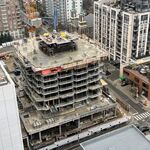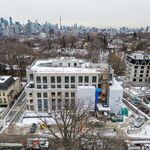lead82
Senior Member
I've come to realize that given all the politics and division, this extension is the best we could do to clean up the problem of the extra transfer issue at Kennedy. This was the problem with all the LRT proposals for Scarborough - at their core in that they did not resolve the forced random transfer at Kennedy. The success of this extension will be primarily based on how frequent the buses will service it. We know SCC will be busy and likely Sheppard East station too as it will be the NE hub station serving northern Scarborough and Malvern. It doesn't provide service to Centenniel or UTSC but it removes the bitterness of Scarborough getting the short stick. Now they will get their subway and likely that is the only rapid transit they will see in the coming decades. Eglinton East LRT won't be built anytime soon as all levels of government will be broke after all of the COVID spendings. Anything that's not far enough along will be delayed for years/decades or just plain canceled.




